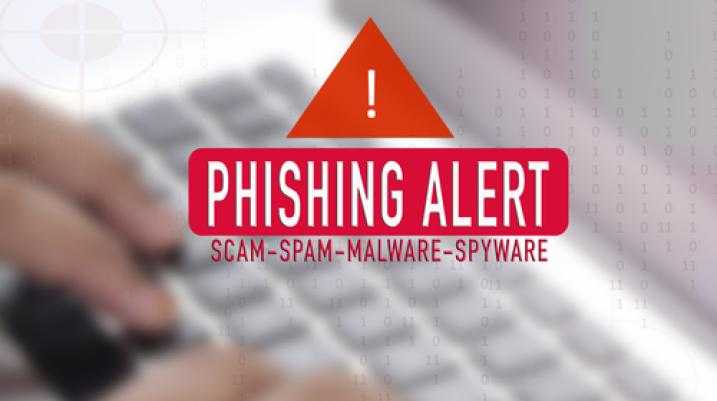DHL, FedEx, and Apple roped in the Center of Phishing Scams

Last month, Trend Micro, an American-Japanese multinational cybersecurity software company, uncovered a number of phishing scams popping up in people's text messages and email accounts. Users of popular email accounts like Gmail and Outlook are now being warned to look out for convincing scams showing up in their inboxes. Showing up as fake emails from popular brands you may be subscribed to, these phishing scams will draw the user in with content stating they've won or even promoting a fake sale, urging you to click a link provided for you that may seem time sensitive. However, once you have clicked the phony link, users will be led down a path that aims to trick you into giving up your personal information, allowing the scammers to access your money and data.
Along with emails, other similar scams have been spotted by the IT company via text messages. Using similar tactics as mentioned above, victims will notice suspicious texts in their phone inboxes addressed from popular companies they might follow or subscribe to with messages that pressure them to click a link. From the information gathered, it would appear that through all of the scams currently landing in people's inboxes, three companies seem to have taken the brunt of the fake text and email scams. The top three scams plaguing people's inboxes have been disguised as DHL, FedEx, and Apple.
When it comes to how consumers shop today, many will often rely on online shopping to get the job done. Along with online shopping comes online tracking with mailing companies like DHL and FedEx. For FedEx, many users have found that they will receive either a text message or email that claims that the local "Parcel Sorting Center" has located their package and that it has been addressed to their name. Often enough to grab your attention, with that momentum, they will then use a call to action to get you to click on a link that will prompt them to schedule a delivery.
If you decide to click on the link, you could end up exposing your personal information, including your home address and credit card details. With the information you've entered, the scammers could record any credentials you submit here and use them to commit crimes such as identity theft. The DHL scam runs similar to the FedEx scam. The only difference is said to be that instead of being notified that your package has been found in a delivery center, this text or email will notify you of the arrival of a fake package. In some cases, both FedEx and DHL scams have been found to leave fake voicemails over packages, luring unsuspecting victims to call in and divulge their private information.
The Apple scam differs from the FedEx and DHL scams. According to reports, victims will receive a message stating that their devices have been suspended from their Apple Pay accounts. The message will go on to inform you that you will then need to "re-activate your wallet to use any tap-n-pay services" and guide you to a page that will then ask you for your personal information, including your name, credit card information, and home address, giving way for scammers to access your accounts.
How Can You Avoid Being Scammed?
In a perfect world, people would never have to worry about being scammed. However, the world isn't perfect, and as a society that heavily relies on technology to get through the day, it only makes sense that we have to add a little caution to our daily routines. In order to avoid falling victim to phishing scams, we recommend you follow these easy steps.
First and foremost, when you receive a text or an email that seems suspicious, you should carefully read through the message. Even if it looks official, you should double-check and look for any spelling mistakes, and often, scammers will overlook these mistakes. Next, you should carefully look at where the text or email is coming from. Scammers will also often change one or two aspects of the email address they are impersonating. When reading through the email, make sure there is an email address you can verify. If not, it's probably safe to say it's fake. The same can be said for phone numbers when receiving a suspicious text message.
You should be wary of any text or emails that direct you to click time-sensitive links. It's safe to say you should never feel as if you are being pressured into opening an attachment provided by one of these so-called "brands." However, if you do find that you have clicked on one of the links, if you see that they are asking you for your personal information, absolutely do not give out your name, address, credit card, or phone number. As an added step of verification, if you are unsure if an email or text is legitimate, contact the brand. They should be able to quickly verify if they were the ones who have sent out a certain text or email as part of their marketing plan. Along with verification, you can take things one step further by using scam protection software. Many companies provide scam protection software you can attach to your web browsers and phone as an added layer of protection. The very last step in avoiding becoming a victim of a phishing scam is to just simply delete anything that lands in your inbox that seems suspicious.
Have you fallen victim to a phishing scam or want to know more about how we may be able to help you? For more information regarding phishing scams or for legal advice surrounding your case, you can connect with one of our attorneys today by completing our free, no-obligation case evaluation form.
Injured? Getting the compensation you deserve starts here.

Injured?
Not sure what to do next?
We'll guide you through everything you need to know.